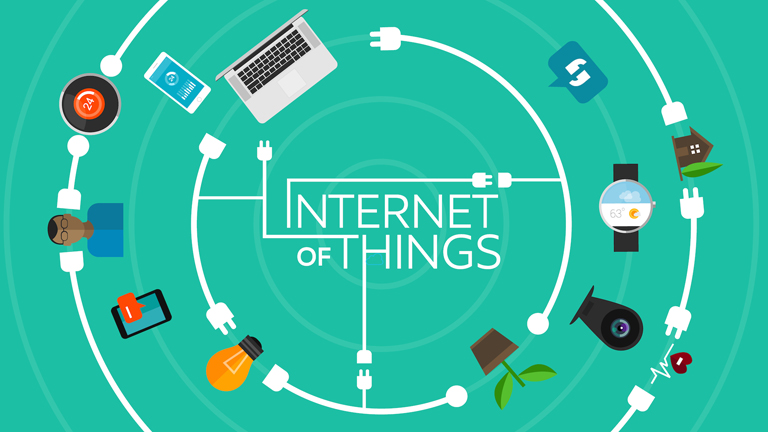24x7x365 Support No. 011-40848888 (Except National Holidays)
24x7x365 Support No. 011-40848888 (Except National Holidays)

Posted On: May 8, 2017
/Categorized In: Biometric News & Updates
/Written By: Starlink
Before reading this article, think about your home for a minute. You use the lock and key to open your door; for accessing your email, you have to enter passwords and username. For checking the temperature of your refrigerator you need to use a thermostat while checking the performance and working on other appliances you have to check physically. However, with the advent of digital identity and Internet of things, our homes will be transformed into smart homes, full with devices connected to the internet.
Password authentication is outdated
By 2020, it is estimated that 50 billion devices will be connected to the internet of things (IoT). Every device connected through IoT will be managed with the help of an application. But today the most popular way of authentication is password and username. This shows that we need our username and password for multiple activities several times a day. Not very efficient and user-friendly, right?
The authentication methods impact the adoption of the Internet of things
Authentication impacts the adoption of Internet of Things. User-friendly authentication methods play a significant role in the adoption of new technologies. Internet of things will achieve, its full swing only when potential authentication methods are adopted. These potential and secure authentication methods include a combination of attribute-based authentication with advanced biometrics, iris, or vein scans. So, when a large number of devices are attached to Internet Of things, there won’t be any problem if authentication is easy and secure.
The Digital Identity Evolution
Experts have shared their thoughts on the future of digital identities. The experts asserted that the digital identity starts with biometrics. Fingerprint authentication process applied today for various applications are access control, banking, identification and smartphone access. Fingerprint recognition, face recognition, iris recognition and other recognition methods are used to authenticate the users for multiple applications. The Digital identity is helping a lot to authenticate the devices through the Internet of things.
Digital Identity Platform
After so many discussions, it is quite clear that Biometrics remain the most potential method of authentication. Also, what we know that it is vital for further development of the Internet of things. Now, once again, imagine your home. To open the door, you are using your fingerprint. To check the working of your appliances you are using your smartphones. To access your email ID, you are using your digital identity to log-in despite passwords. Everything inside your house is connected to the internet.
Star Link has already developed a system with biometrics technology that can be accessed over the internet remotely. The devices can be controlled remotely as well as changes in the settings can be done. We encourage our professionals to work pro-actively to contribute in our efforts determining the future of digital identity and the internet of things. If you want to discuss the same topic you can reach out to us.
